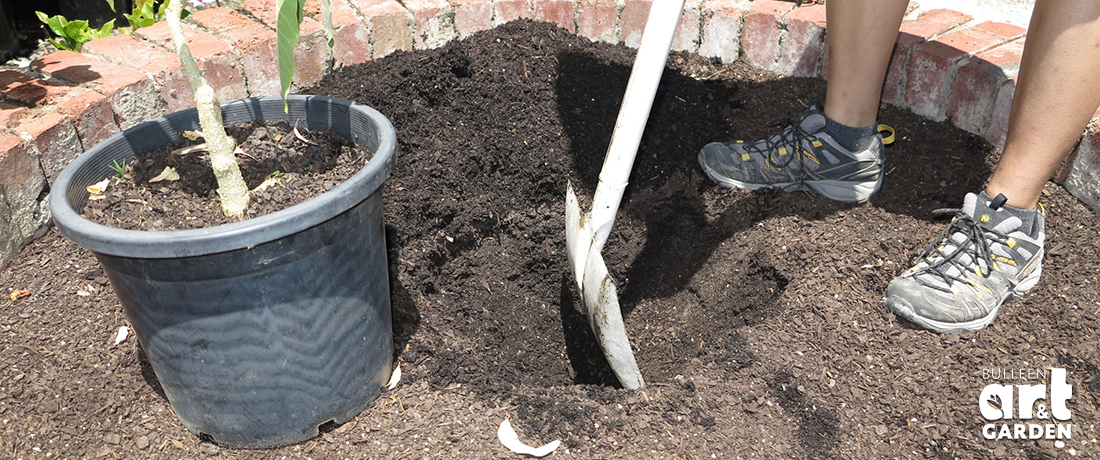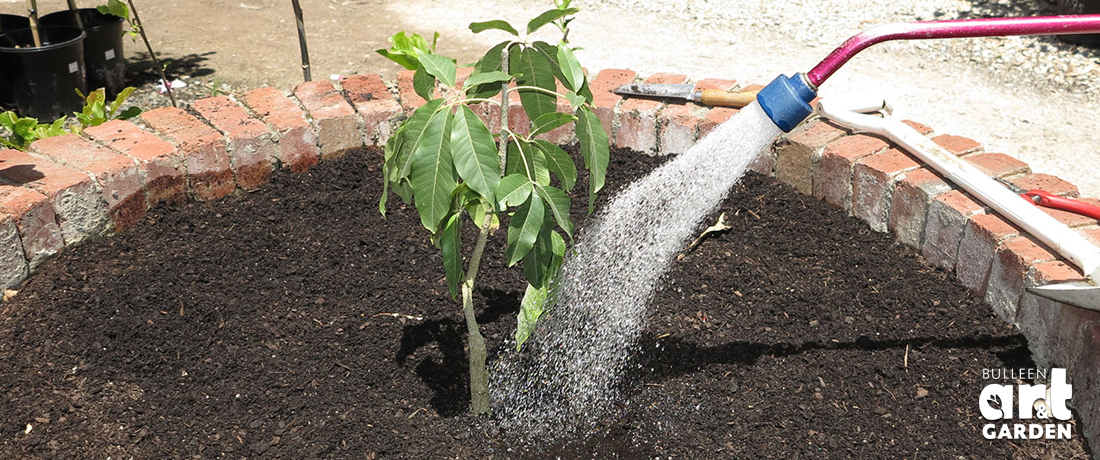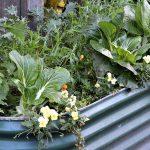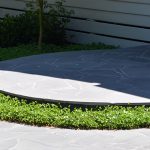
When it comes to planting good timing helps, but life goes on if you miss it. There are quite a few good horticultural reasons for planting trees, shrubs and perennials in autumn or winter; however life has a habit of ruining all the best laid plans. Plants are unavailable, you simply don’t have time, holidays are scheduled to suit school dates etc. I am often asked in the nursery if it is OK to plant in summer. My answer is that we keep plants alive in the nursery; you can do so at home, it is simply a commitment you make. Sometimes the plant you want isn’t released for sale until the warmer months, so you may have little option.
So when is the best time?
The combination of warm soil, cooler air temperatures and rain make autumn the ideal planting time. These factors allow the roots to grow into the soil while it is still warm, while cooling temperatures and rain means watering isn’t the crucial issue it is in summer. Spring planting works well, but means you are absolutely tied to ensuring the new and delicate root system of the establishing plant is well watered all through summer. By planting in autumn, the plant can root in and establish itself before dormancy in winter, and then be ready to put on a burst of spring growth. If you are in an area of savage frosts, you may want to avoid autumn planting of tube stock perennials, as they may not be developed enough to survive the heave of a winter frost and thaw, bigger potted plants should be fine.
Planting
The thing to remember is that roots don’t go down that far – they tend to spread out, the vast majority of roots will be in the top 500mm of soil, the top 300mm for smaller shrubs and plants. Consequently, dig your hole wider rather than deeper. Dig to the depth of the root ball, but at least twice as wide. If you are concerned that the roots are circling when you pull the plant out of the pot, it is absolutely essential that the roots are cut and pulled outwards before planting; a plant whose roots are allowed to circle will never thrive. Click here for our guide on planting and pruning bare root trees.

A common mistake is to plant too deep. Sometimes this can be accidental, having added lots of organic material to the soil, it can be fluffed up and settle down over time. Place the plant so that the point where the roots flare out is roughly at ground level. Make sure when you back fill around your plant that the soil is tamped down firmly, so no air pockets are left around the roots and the ground won’t settle subside. Once planting is finished, water in well, you can use plain water, or add a root stimulant to encourage root growth. Watering in also helps eliminate air pockets. Use a gentle spray as the soil will be very loose at this stage and washes away easily.
Follow up
The first few months are all about what is happening below ground. Good root development is your aim. Keep the soil moist but not wet, don’t let it dry out (mulching is a great help) as that will quickly destroy delicate new roots, and water deeply to encourage roots to travel down and out. The pot size most commonly planted is around 15 to 20cm deep; you want the roots to grow down to 30cm, so the water needs to penetrate to that level. A regular dose with a root stimulant – commercially branded ones, or seaweed style solutions – will assist the roots to grow. A good root structure is vital to supporting the lush and luxuriant foliage desired by the gardener: you cannot have the latter without the former.
Weeding is boring… but important. Weeds will compete (and win) for water and nutrients, keep them away at least until the plant is established. Mulching helps here (again), but be sure to keep the mulch away from the stem of the plant.






